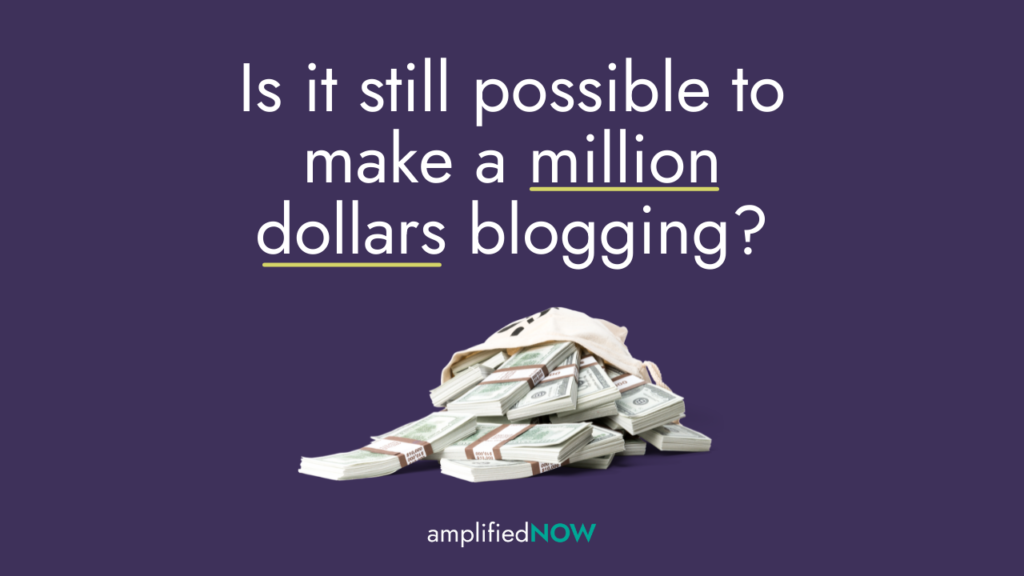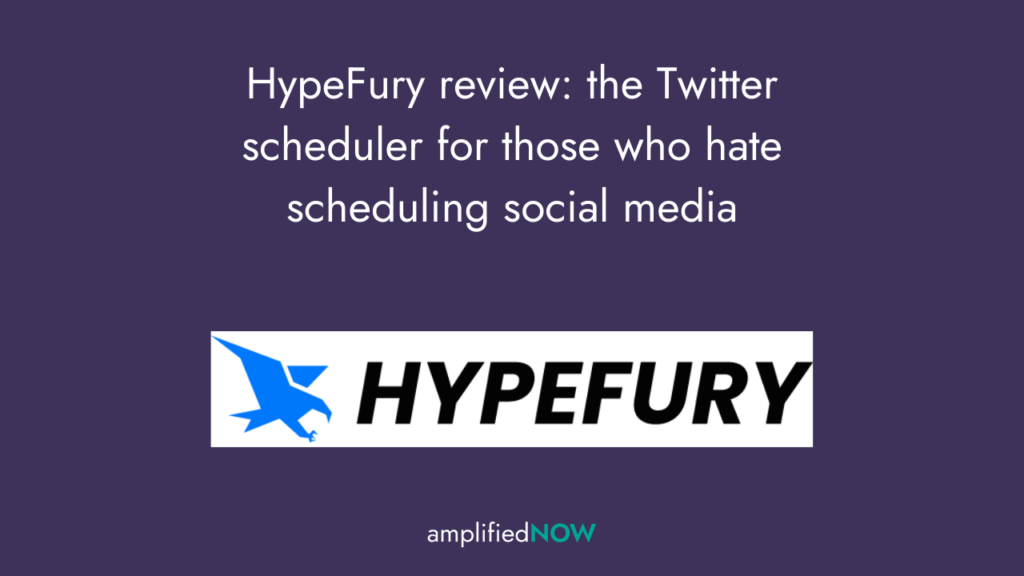Crafting Compelling Affiliate Marketing Campaigns
Say it with me now, folks. Affiliate marketing is the bee’s knees, the cat’s meow, the… well, you get it. It’s awesome.
Not only can it be a pretty penny in revenue, but it’s also a fantastic way to build relationships with influencers, bloggers and other online power players in your industry.
What the Heck is Affiliate Marketing, Anyway?
Let’s start with the 411. For those not in the known, affiliate marketing is essentially a type of performance-based marketing.
In layman’ terms: you toss business to someone else, and they pay you for it with a handy-dandy commission.
Now, Back to Business: Crafting Your Affiliate Marketing Campaign
So, now that we’ve schooled you on the basics, let’s dive deeper into the nitty-gritty of creating an affiliate marketing campaign that’s so good, it will have other businesses sobbing into their spreadsheets.
-
Finding Your Perfect Affiliate Partner
First things first, you need to find restaurants that deliver. I mean, affiliates that fit your brand.
Focus on those who have audiences that would be interested in your product/service and who fit with your brand identity.
-
Create a Juicy, Irresistible Offer
This part’s key, folks. If you want influencers to push your product, you better make it worth their while.
Good commissions, sweet deals, or exclusive offers can all play a part.
-
Provide All the Necessary Tools
Once you’ve got your affiliates on board, it’s time to equip them with everything they need to sell.
This may include marketing materials, tracking tools, or even product samples for them to show off.
-
Track, Measure, Adjust
No room for set-it-and-forget-it mentalities here. You need to track your campaign meticulously to understand what’s working and what’s not.
Periodically adjust your strategy based on these insights.
-
Build Strong Relationships
Affiliate marketing, like all good things in life, is better with a healthy dose of relationship building.
Maintain regular contact with your affiliates, provide feedback, and show your appreciation regularly. This will keep them motivated to continue promoting your brand.
Bonus Slang: The A-Z of Must-Know Affiliate Marketing Lingo
All right, whippersnappers. If you want to hold your own in affiliate marketing circles, then you’ll need to understand the lingo.
As promised, I’ve got the skinny on all the doohickeys and watchamacallits you’ll encounter. Let’s roll, baby!
-
CPC (Cost Per Click)
- This one’s a classic – your bread and butter. It’s how much you pay each time someone clicks on a link leading to your affiliate’s site.
-
CPM (Cost per Thousand Impressions)
- If CPC was the bread and butter, CPM is the peanut butter and jelly. This is how much you pay for a thousand views of your affiliate ad.
-
CPL (Cost-Per-Lead)
- Basically, how much you cough up every time an affiliate sends a potential customer your way. Piece of cake!
-
ROAS (Return on Advertising Spend)
- This one’s pretty self-explanatory. It represents the sales revenue you get from each dollar spent on advertising.
Go Forth and Conquer
Now that you’re equipped with the know-how and the lingo, you’re ready to conquer the affiliate marketing world.
Remember, there’s no ‘I’ in team. Or in ‘affiliate marketing campaign’ for that matter. The key, my friends, is collaboration. So go forth, and build those connections!
Like this post? For more marketing advice so good it should be illegal, check out the blog here. Until next time, stay sassy!
Conclusion
Affiliate marketing can seem daunting at first glance, but once you get the hang of it, it’s a game changer. It’s a strategic, cost-effective way to boost your brand’s visibility and draw in new customers.
And with the bonus lingo guide, you can now confidently converse with other marketers in the field without feeling lost. It’s all about building strong, productive relationships with affiliates who will do their utmost to promote your brand.
If you enjoyed this article and found it useful, make sure to visit our blog for more insightful marketing tips. Here’s to your success in affiliate marketing!
- CTR (Click-Through Rate)
- Often referred to as a percentage, CTR is the number of clicks on a link or ad, divided by the number of times that link or ad was shown (impressions).
- RTB (Real-Time Bidding)
- This is a feature of programmatic buying where advertising inventory is bought and sold in real time, with sophisticated algorithms delivering the ads to targeted audiences.
- EPC (Earnings Per Click)
- This metric is the average earnings generated as a result of 100 clicks on an affiliate marketing link.
- ROI (Return on Investment)
- A performance measure used to evaluate the effectiveness of an investment or compare the efficiency of different investments. ROI tries to directly measure the amount of return on a particular investment, relative to the cost of the investment.
By familiarizing yourself with these terms and committing them to memory, you can navigate the complicated landscape of affiliate marketing with more confidence and skill. The more you understand this industry and its language, the better equipped you’ll be to take advantage of the many opportunities it provides. So, keep learning, connect with other affiliate marketers, and reach for your goals. With commitment and persistence, you can achieve great success in affiliate marketing.
- CPL (Cost Per Lead)
- This stands for the price an advertiser pays for every lead generated by an affiliate, rather than for each click or conversion. The lead is usually a potential customer that has shown interest in the product or service being promoted.
- PPC (Pay Per Click)
- It is an internet advertising model where advertisers pay a fee each time one of their ads is clicked. Rather than achieving visits organically, the traffic is bought. It’s a way of generating interest or encouraging call-to-action clicks.
- CPA (Cost Per Action)
- CPA means the advertiser pays for a specific acquisition – for instance, a sale, click, or form submit (contact request, newsletter sign-up, registration, etc.)
- CPI (Cost Per Impression)
- CPI refers to the cost or expense incurred for each potential customer who views the advertisement(s), while CPM refers to the cost or expense incurred for every thousand potential customers who view the advertisements.
Finally, remember that the key to a successful affiliate marketing campaign is to track all your metrics. By measuring your campaign’s success, you will be able to make data-driven decisions and continue on your path to success.


